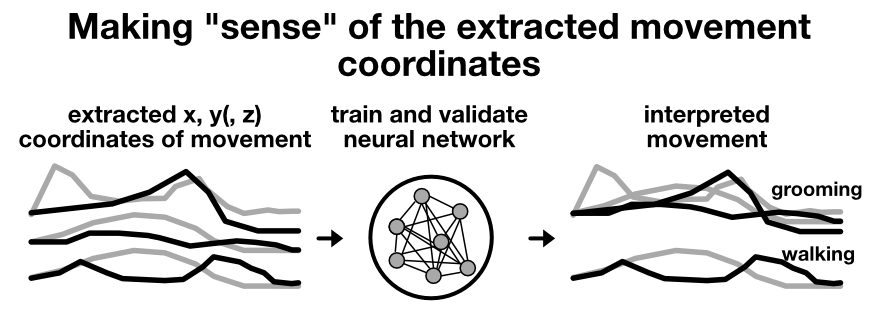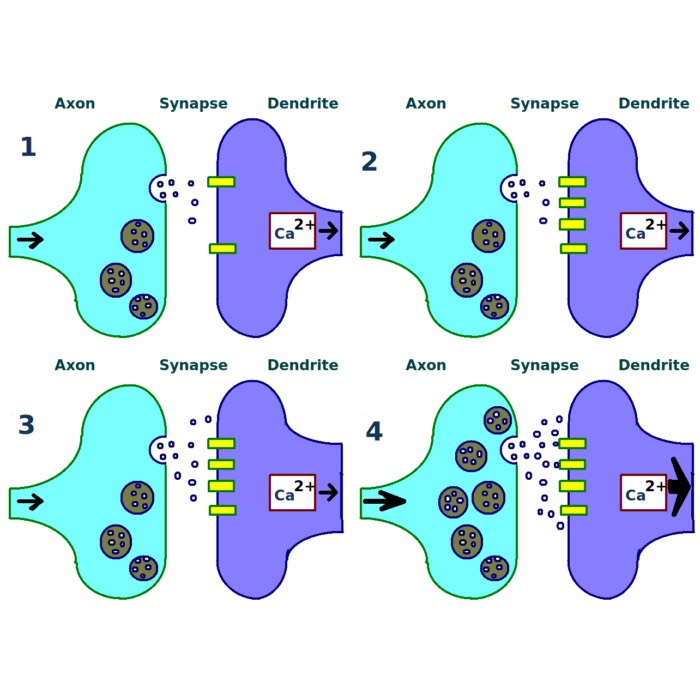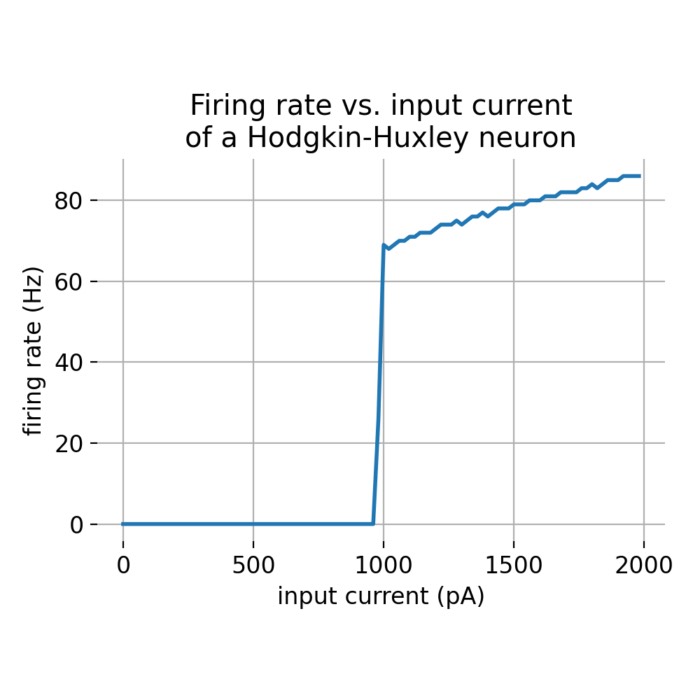Assessing animal behavior with machine learning
I have recently completed my lecture notes on state-of-the-art methods for assessing animal behavior, which I would like to introduce to you alongside the previously mentioned lecture on Bioimage Analysis with Napari. This concise lecture, lasting approximately one hour, serves as an introduction to multi-modal and high-throughput animal behavior experiments, focusing on the integration of machine learning for behavior assessment. Additionally, I provide a brief overview of deciphering hidden structures, patterns, and dynamics within high-dimensional datasets. I have ensured that the entire lecture is freely available, as I have refrained from using any copyright-protected material. You can find it under the Teaching section, along with other free resources.
 Animal behavior experiments help to understand the intricate relationship between brain functions and the associated behavior. Images generated with DALL-E (source for the leftꜛ and rightꜛ image)
Animal behavior experiments help to understand the intricate relationship between brain functions and the associated behavior. Images generated with DALL-E (source for the leftꜛ and rightꜛ image)
Lecture overview
High-throughput and multi-modal behavior experiments have significantly advanced our understanding of complex systems, specifically neural circuits and animal behavior. By simultaneously capturing various behavioral responses, such as locomotion, posture, and social interactions, alongside recording neural activity, one can gain valuable real-time insights into patterns and neuronal dynamics. Machine learning techniques are incorporated to analyze recorded animal behavior, including tasks like the detection and extraction of locomotion from movie recordings.
 Sketch depicting the “sense-making” of behavioral movie recordings using, e.g., Variational Animal Motion Embedding (VAME, Luxem et al. 2022ꜛ).
Sketch depicting the “sense-making” of behavioral movie recordings using, e.g., Variational Animal Motion Embedding (VAME, Luxem et al. 2022ꜛ).
Through the implementation of machine learning, we can effectively analyze the vast amount of generated data. By utilizing dimensionality reduction techniques, we reduce data complexity, enabling the extraction of meaningful information, identification of hidden structures and dynamics, and accurate predictions. This enhanced understanding of hidden mechanisms and interactions contributes to a deeper comprehension of behavior and the underlying neuronal processes.
 Sketch depicting the use of autoencoders to decipher animal behavior and neuronal activity.
Sketch depicting the use of autoencoders to decipher animal behavior and neuronal activity.
It is important to note that this lecture provides a brief introduction. Each topic could actually be a lecture on its own. However, I have included lists of additional resources for those who wish to explore each of the topics further.
Sharing and accessibility
I firmly believe that knowledge should be freely accessible to all. Please feel free to explore and share these lecture notes. As mentioned above, all materials used are non-copyrighted. If you come across any errors or have suggestions for improvement, I welcome your feedback in the comment section below, via email, or on Mastodonꜛ. I will be happy to hear from you.









comments